Some foods make more of an impact on vein health than others. That is why we have compiled a list of the best power foods to eat for your circulation.
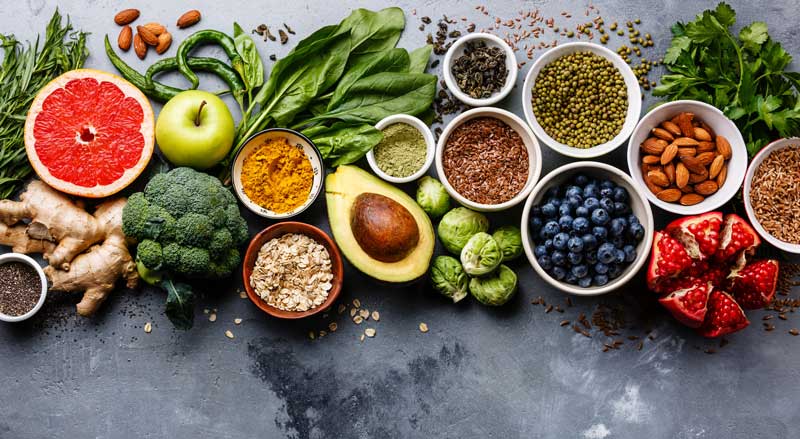

Some foods make more of an impact on vein health than others. That is why we have compiled a list of the best power foods to eat for your circulation.
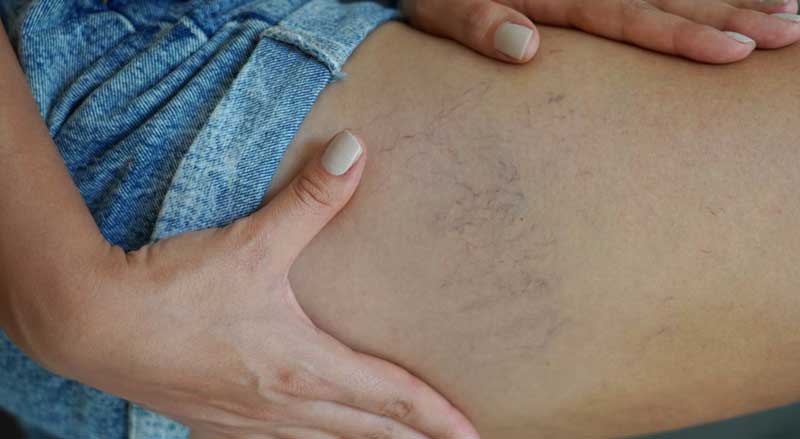
Spider veins are small veins that appear in clusters, resembling spiderwebs or tree branches. While spider veins are not a medical concern, many individuals treat them for cosmetic reasons. Are you wondering why you are suddenly seeing spider veins? Find...

Do your legs feel achy or stiff at the end of the day? Do you experience unexplained leg pain? If you haven’t made any substantial changes to your daily routine, or if you’re getting older, circulation health could be to...
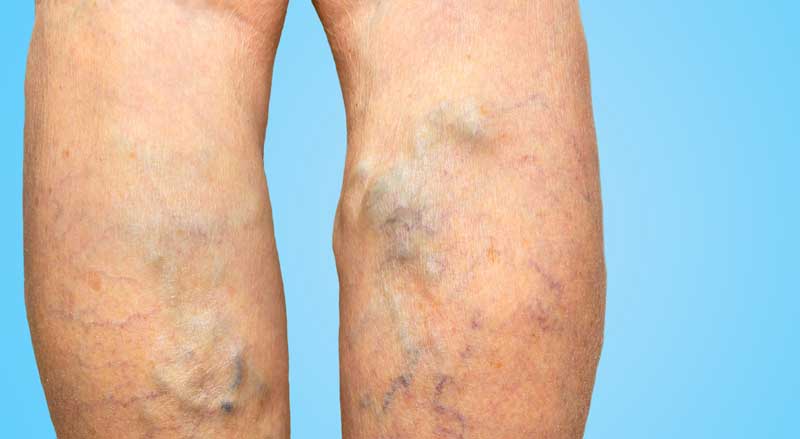
Varicose veins are those unsightly bulging veins that you often see on legs or feet. If you have them, you’re probably aware of the discomfort or pain they can cause—especially after a long day of standing or sitting. Compression therapy...
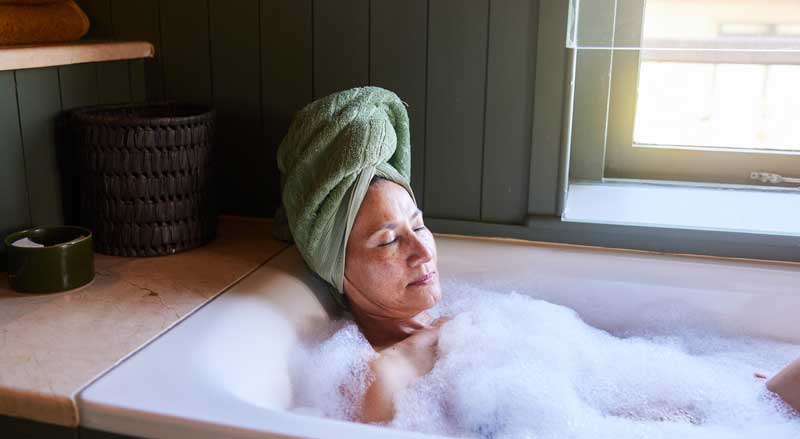
Self-care simply refers to taking care of ourselves so we can be the best version of ourselves. Self-care should be part of everyone’s life. We all deserve it. The American Psychological Association even encourages mental health professionals to practice self-care...
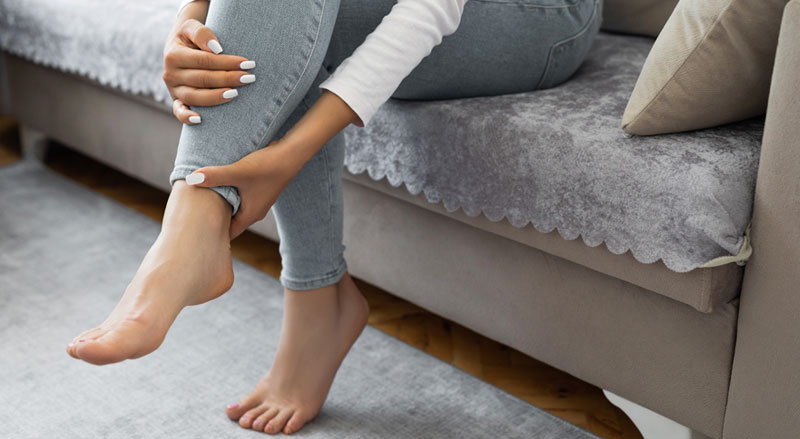
Learn the warning signs and why a proper diagnosis of varicose vein disease is so important. Do you get cramps in your legs overnight or have restless legs? Are your legs often itchy for no apparent reason? The cause of...